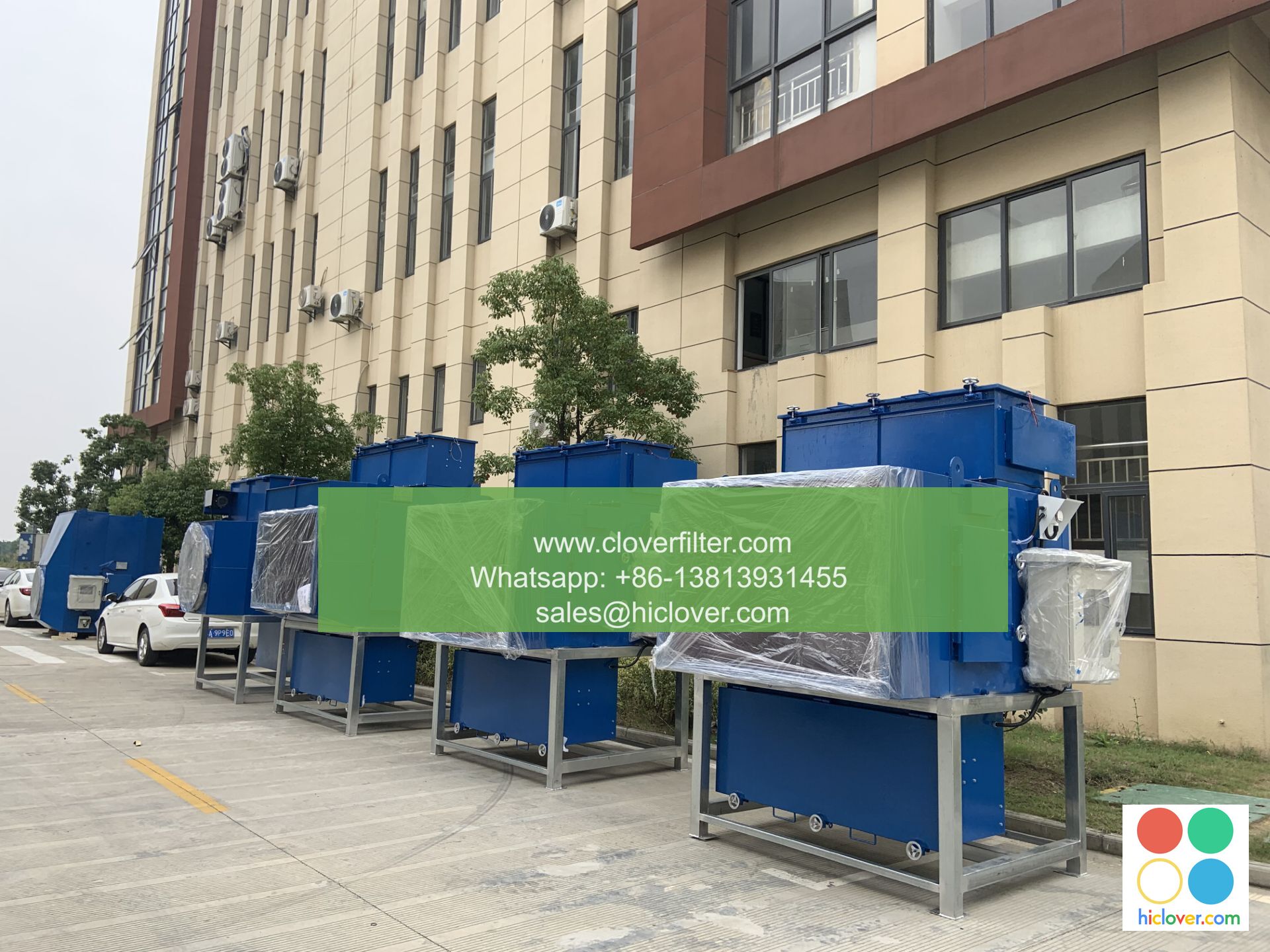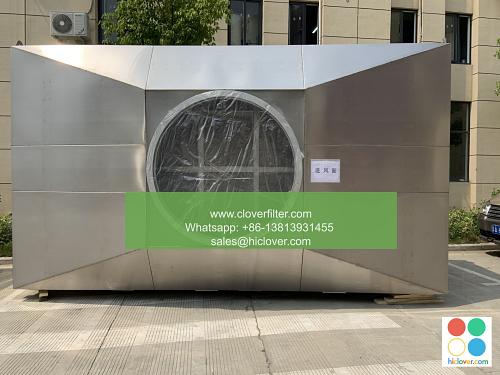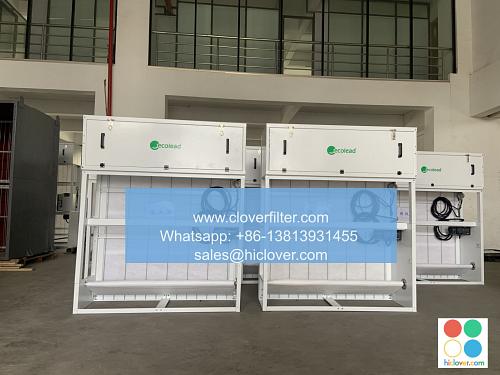Best-Practice Approaches to Integrating Air Filters in Your Existing Systems: Term Guidelines

Introduction to Air Filter Integration
When it comes to maintaining high-quality indoor air, integrating air filters into existing systems is crucial. Air filtration systems are designed to remove pollutants, allergens, and other airborne contaminants, thereby improving indoor air quality (IAQ) and promoting a healthier environment. In this article, we will discuss best-practice approaches to integrating air filters in your existing systems, highlighting various application areas and term guidelines.
Understanding Air Filter Types and Applications
Before integrating air filters into your existing systems, it’s essential to understand the different types of air filters available and their applications. Some common types of air filters include:
- HEPA (High Efficiency Particulate Air) filters, which are designed to capture 99.97% of particles as small as 0.3 microns
- Activated carbon filters, which are effective in removing gases, odors, and chemicals
- Ultraviolet (UV) light filters, which use UV light to kill bacteria, viruses, and other microorganisms
- Electrostatic filters, which use electrostatic charges to attract and capture airborne particles
- Conduct a thorough assessment of your existing system to determine the best location for air filter installation
- Choose the right type of air filter for your specific application, considering factors such as particle size, airflow rate, and pressure drop
- Ensure proper installation and maintenance of the air filter, including regular cleaning and replacement
- Monitor and evaluate the performance of the air filter, using metrics such as filtration efficiency, pressure drop, and airflow rate
- Filtration Efficiency
- The ability of an air filter to capture airborne particles, measured in terms of percentage or micron size
- Pressure Drop
- The decrease in pressure across the air filter, which can affect system performance and energy efficiency
- Airflow Rate
- The volume of air flowing through the air filter, measured in terms of cubic feet per minute (CFM) or liters per second (L/s)
These air filters can be integrated into various existing systems, including HVAC (heating, ventilation, and air conditioning) systems, air purification systems, and industrial process systems.
Best-Practice Approaches to Air Filter Integration
To ensure effective integration of air filters in your existing systems, follow these best-practice approaches:
By following these best-practice approaches, you can ensure effective integration of air filters in your existing systems, improving IAQ and promoting a healthier environment.
Application Areas for Air Filter Integration
Air filter integration can be applied in various areas, including:
Commercial and Industrial Settings
Air filters can be integrated into commercial and industrial HVAC systems to improve IAQ and reduce the risk of airborne illnesses. This is particularly important in industries such as healthcare, food processing, and pharmaceutical manufacturing, where high-quality air is crucial.
Residential Settings
Air filters can be integrated into residential HVAC systems to improve IAQ and promote a healthier home environment. This is particularly important for individuals with respiratory issues, such as asthma, and for households with pets or allergies.
Industrial Process Systems
Air filters can be integrated into industrial process systems, such as chemical processing, oil and gas, and power generation, to remove airborne contaminants and improve process efficiency.
Term Guidelines for Air Filter Integration
When integrating air filters into your existing systems, it’s essential to follow term guidelines, including:
By understanding these term guidelines, you can ensure effective integration of air filters in your existing systems and improve IAQ.
Conclusion
Integrating air filters into existing systems is a crucial step in maintaining high-quality indoor air and promoting a healthier environment. By following best-practice approaches, understanding air filter types and applications, and considering various application areas and term guidelines, you can ensure effective integration of air filters in your existing systems. Whether you’re looking to improve IAQ in commercial, industrial, or residential settings, air filter integration is a key consideration. You haven’t provided a question or topic for me to address. Please provide more context or information so I can give you a helpful and accurate response. What would you like to talk about or ask?


